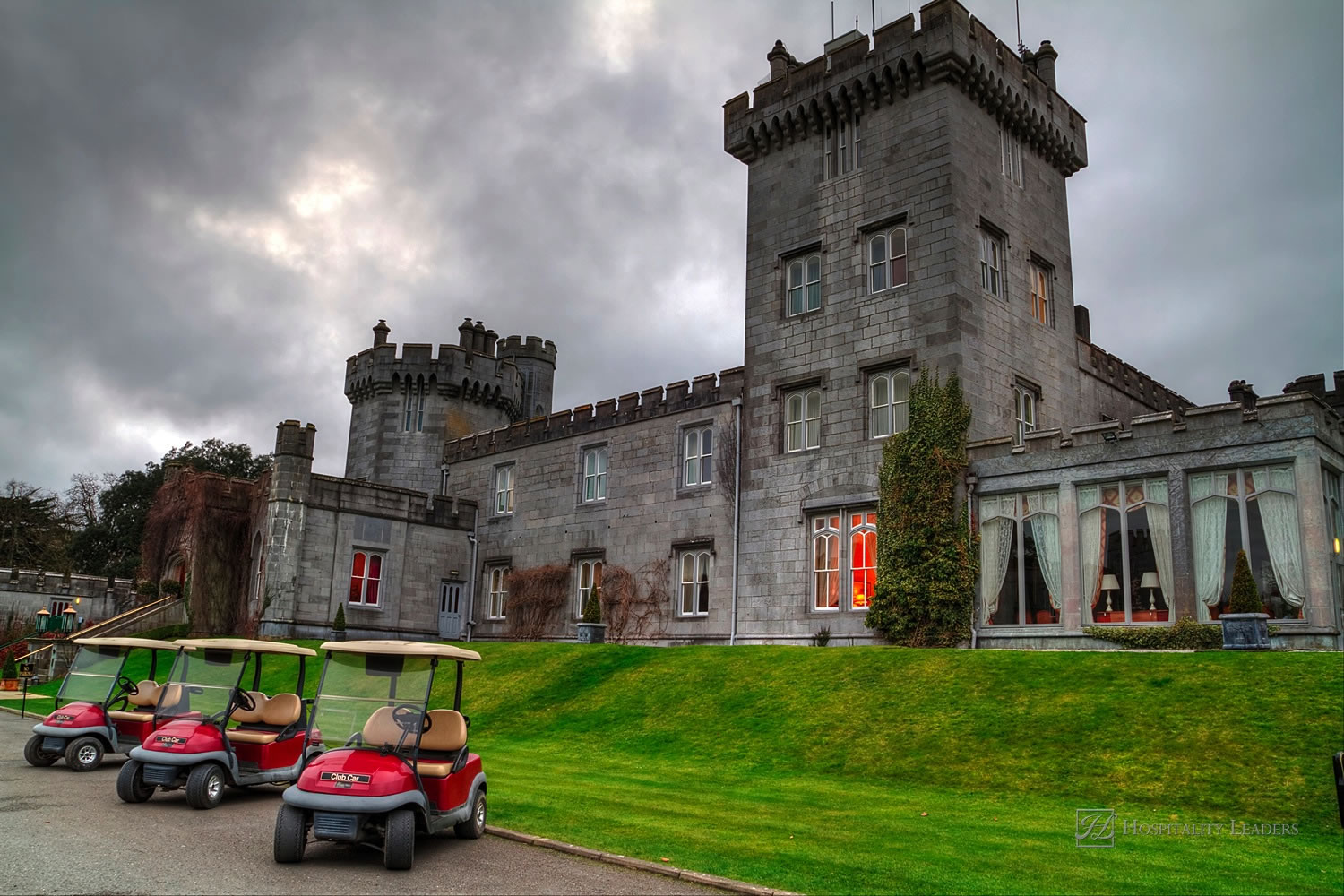
For the record, the Republic of Ireland boasts 516 castles. Just hold that thought for now.
In the wide world of travel marketing, national tourism offices have their work cut out for them. Sometimes the tourism bureau represents a nation more than its own embassy. Earlier this month, after a snobby sales clerk at a Zurich boutique reportedly refused to show?Oprah Winfrey a $38,000 crocodile handbag?(apparently on the presumption that a black woman couldn?t afford it), it was the?Swiss National Tourist Office that rushed the apology?onto Twitter. Then there?s the challenge of slightly less-than-sexy destinations trying to woo Americans?a task so thankless that the Canadian Tourism Commission announced last year that it was officially giving up.
But by far a tourism office?s toughest job is packaging a massive array of its country?s attractions into an ad, and hoping it works. Often, that means picking a predictable landmark and sticking with it. That?s why ads for the 2012 London Olympics still showed Big Ben, and why China?s tourism website touts a requisite photo of the Great Wall. And when it comes to Ireland, the country might be home to the Gap of Dunloe, Guinness stout and the National Leprechaun Museum?but the place has got?516 castles, for heaven?s sake.
Which probably explains why these two ads?separated by nearly 30 years?look like they were put together on the same afternoon. Let?s see ? nighttime castle shot? Check. Cozy inset photo? Check. Some feel-good copy about Irish warmth and hospitality? Yep, that too. And it?s all fine, of course. Nobody?s arguing that this formula doesn?t do the job. Still, given the keen competition for travel dollars these days, one has to wonder why the Irish government isn?t mixing it up a little.
?As an industry, we rely too much on these beauty shots,? said Greg Dixon, partner in tourism marketing consultancy?Noonmark Group. The trouble, he said, isn?t castles?per se, it?s the absence of context. ?Even with iconic sites, you still have to inspire people to think of themselves in that scene,? Dixon said, ?even if it?s just showing a couple holding hands.? The industry trend, he adds, is to update the traditional glam shot by showing visitors active within them. ?If you want to get people to come to a place, they have to be able to envision themselves in the place,? he said.
Curiously, the Tourism Ireland website does exactly that. Launched in 2012, the ?Jump into Ireland? campaign, a 22-market effort spearheaded by Publicis London, is a multimedia panoply featuring tourists having a grand time at pubs, music festivals and James Joyce readings. Amid all the Gaelic excitement, however, lurks this singular ad, a curious throwback to 1984, when all an adman on the Ireland account needed was a stock shot of a nice old castle. One, of course, of the 516 that were available.

